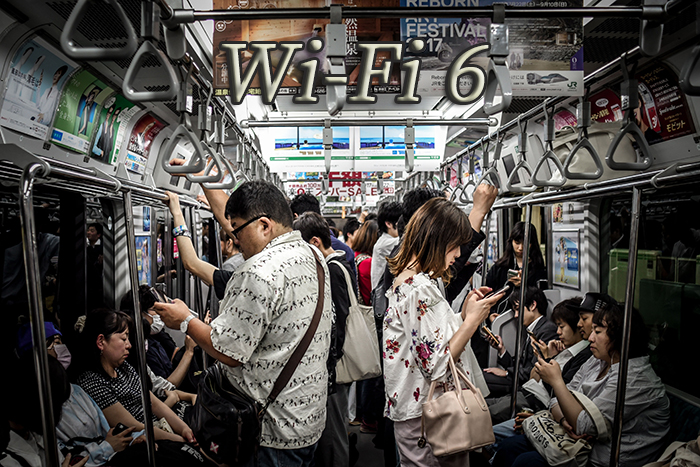Home >> News >> Product News
We are in an era where both wireless communication and remote computing technologies are developing at high speed, for applications such as smart city system technology, sky eye monitoring equipment, etc., constantly pursuing high speed rate network communication, and currently Wi-Fi 6 is already the technical standard for high speed mobile communication applications, and its multi-device connection for business-oriented and community residential parks is smoothly interconnected.

The maturity and development of 5G and Wi-Fi 6 network technology makes construction and use very convenient and fast. Wi-Fi 6 is widely used in building offices, subway stations, airports, stadiums and other large area, multi-device connection scenarios. The country's first Wi-Fi 6 subway station, is the Shenzhen Metro together with Huawei and China Unicom to establish in 2009. At that time was the use of Unicom 5G network access, network expansion through Wi-Fi 6 technology, to achieve 5G and Wi-Fi 6 technology combination. Wi-Fi 6 rate is a gigabit level, up to about 9.6Gbps at 160M bandwidth, and support for upstream and downstream bidirectional MU-MIMO, OFDMA, just like a multi-lane highway, multi-device connection are not traffic jams , the Wi-Fi 5: one in, one out, alternating back and forth; Wi-Fi 6: several in, several out, simultaneously. Wi-Fi 6's flexible OFDMA technology supports wireless access to a variety of devices such as smart home LED lighting systems, intelligent monitoring systems, etc.

A PoE power module is essential for building a Wi-Fi 6 network system. The benefits of a PoE power injector provide flexibility in the installation of powered devices. Most AC power outlets in traditional installations are located near the floor, which is not an ideal location for Wi-Fi 6 access points (APs) and cameras. The flexibility of the PoE power module distinguishes it from utility network arrangements by combining the power of the network directly with the network data output, enabling intelligent 24/7 monitoring of a variety of applications, including lighting, security cameras, and digital signage. A centralized PoE network with a battery-powered uninterruptible power system (UPS) ensures continuous operation of critical equipment during power outages.